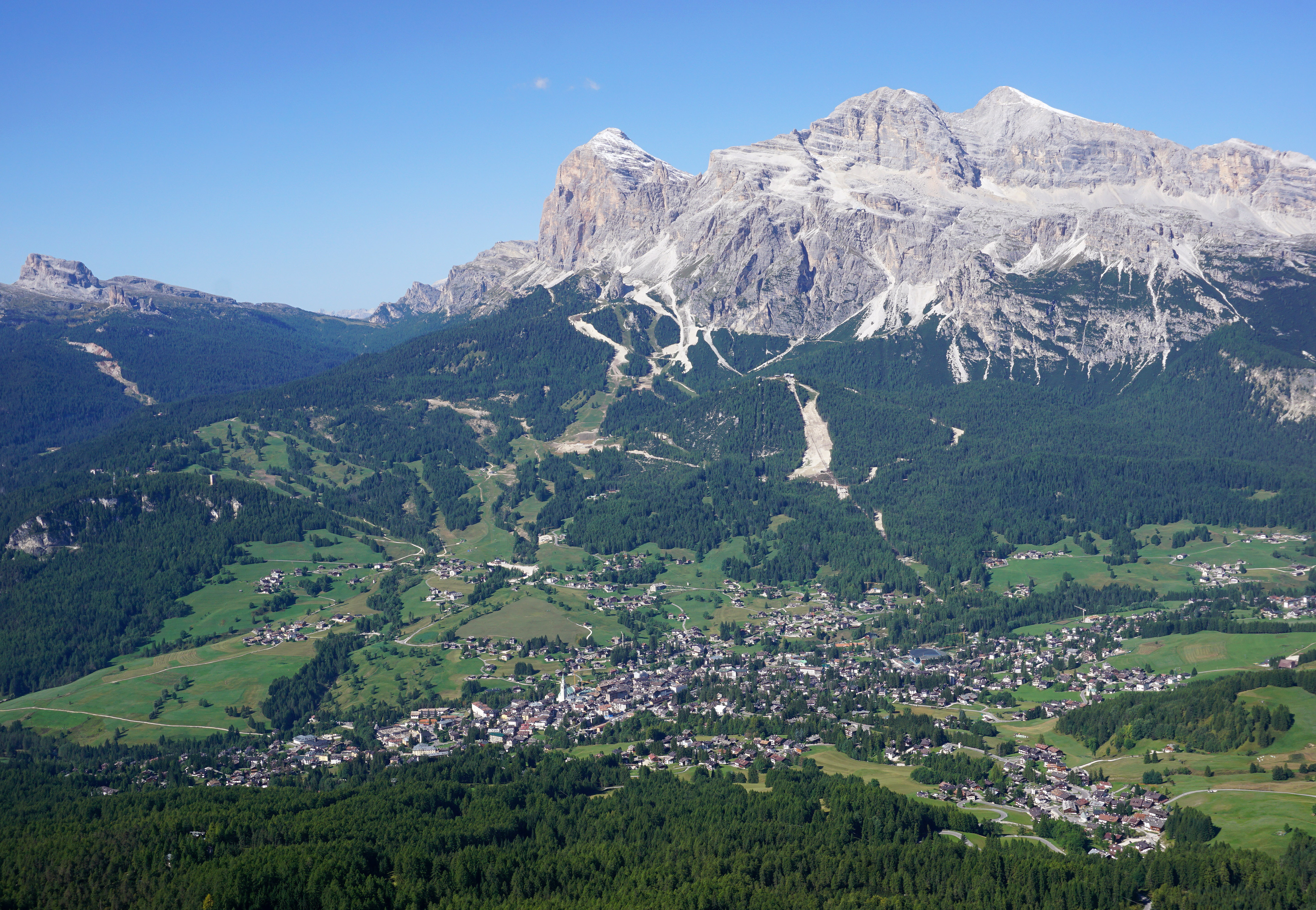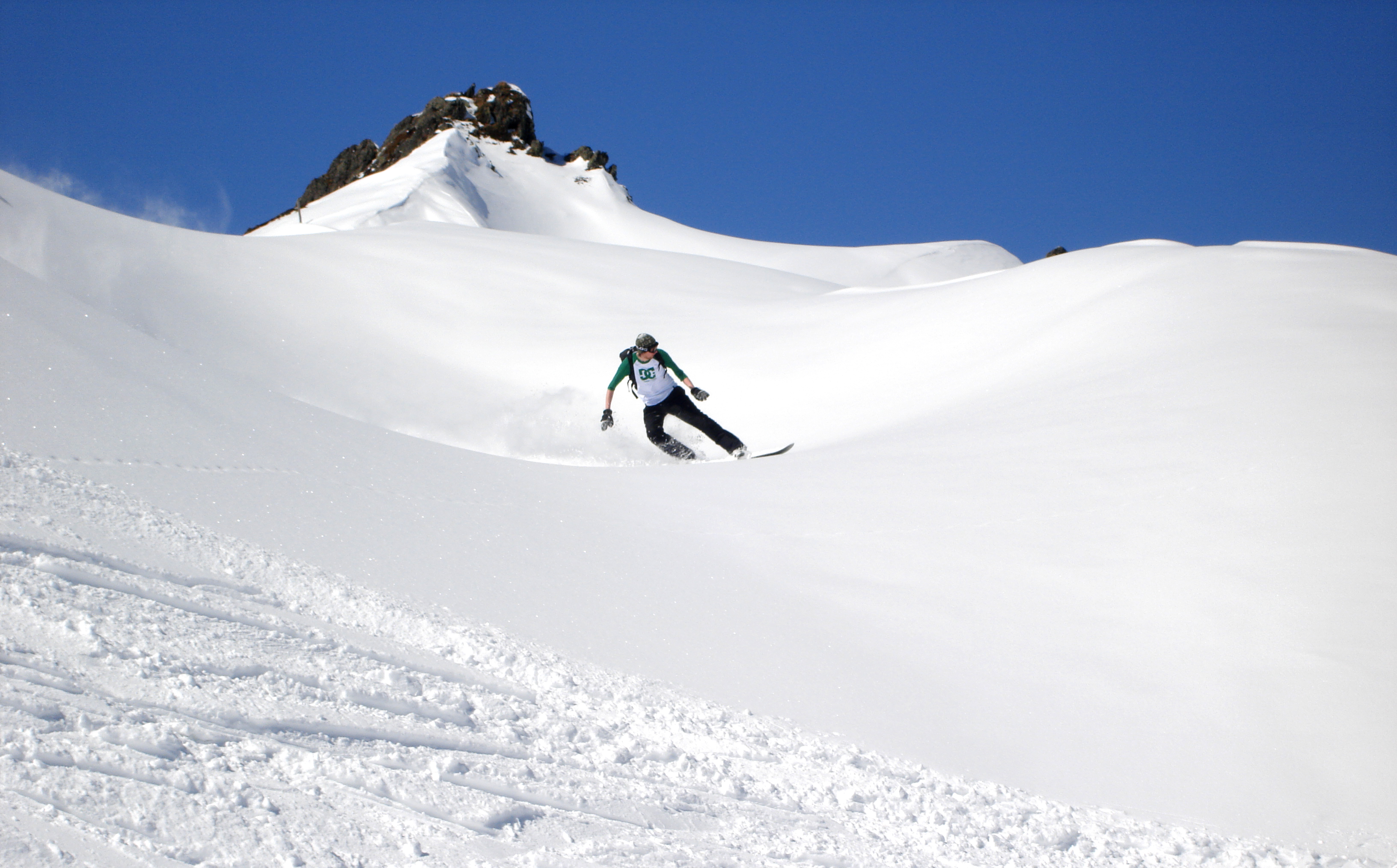|
Pocol
Pocol is a village and ski resort in the Veneto region of northeast Italy. The village is a ''località'' of the ''comune'' of Cortina d'Ampezzo, in the province of Belluno. Geography Pocol lies in the Dolomites, at 1,535 meters above sea level. History Pocol also has a war cemetery established in 1935 which contains the remains of 9,707 Italian soldiers (4,455 unknown) and 37 Austrians. Economy Pocol is a popular area for skiing and snowboarding Snowboarding is a recreational and competitive activity that involves descending a snow-covered surface while standing on a snowboard that is almost always attached to a rider's feet. It features in the Winter Olympic Games and Winter Paralympi .... References Dolomiti.org interactive map showing Pocol [...More Info...] [...Related Items...] OR: [Wikipedia] [Google] [Baidu] |
Pocol Cimitery-Genaral Antonio Cantore's Tomb
Pocol is a village and ski resort in the Veneto region of northeast Italy. The village is a ''località'' of the ''comune'' of Cortina d'Ampezzo, in the province of Belluno. Geography Pocol lies in the Dolomites, at 1,535 meters above sea level. History Pocol also has a war cemetery established in 1935 which contains the remains of 9,707 Italian soldiers (4,455 unknown) and 37 Austrians. Economy Pocol is a popular area for skiing and snowboarding Snowboarding is a recreational and competitive activity that involves descending a snow-covered surface while standing on a snowboard that is almost always attached to a rider's feet. It features in the Winter Olympic Games and Winter Paralympi .... References Dolomiti.org interactive map showing Pocol [...More Info...] [...Related Items...] OR: [Wikipedia] [Google] [Baidu] |
Cortina D'Ampezzo
Cortina d'Ampezzo (; lld, Anpezo, ; historical de-AT, Hayden) is a town and ''comune'' in the heart of the southern (Dolomitic) Alps in the Province of Belluno, in the Veneto region of Northern Italy. Situated on the Boite river, in an alpine valley, it is a summer and winter sport resort known for its skiing trails, scenery, accommodation, shops and après-ski scene, and for its jet set and Italian aristocratic crowd. In the Middle Ages, Ampezzo fell under the jurisdiction of the Patriarchate of Aquileia and of the Holy Roman Empire. In 1420 it was conquered by the Republic of Venice. From 1508, it then spent much of its history under Habsburg rule, briefly undergoing some territorial changes under Napoleon, before being returned to the Austrian Empire (later Austria-Hungary), which held it until 1918. From the nineteenth century, Ampezzo became a notable regional centre for crafts. The local handmade products were appreciated by early British and German holidaymakers as ... [...More Info...] [...Related Items...] OR: [Wikipedia] [Google] [Baidu] |
Belluno Posizione
Belluno (; lld, Belum; vec, Belùn) is a town and province in the Veneto region of northern Italy. Located about north of Venice, Belluno is the capital of the province of Belluno and the most important city in the Eastern Dolomites region. With its roughly 36,000 inhabitants, it is the largest populated area of Valbelluna. It is one of the 15 municipalities of the Dolomiti Bellunesi National Park. Geography The ancient city of Belluno rises above a cliff spur near the confluence of the Torrente Ardo and the Piave River. To the north is the imposing Schiara range of the Dolomites, with the famous ''Gusela del Vescovà'' (Bishopric's needle), and Mounts Serva and Talvena rising above the city. To the south, the Venetian Prealps separate Belluno from the Venetian plain. Also to the south is the Nevegal, in the Castionese area, a skiing resort. History The name of the city is derived from Celtic ''belo-dunum'' which means "splendid hill." The name was inspired by its favo ... [...More Info...] [...Related Items...] OR: [Wikipedia] [Google] [Baidu] |
Veneto
Veneto (, ; vec, Vèneto ) or Venetia is one of the 20 regions of Italy. Its population is about five million, ranking fourth in Italy. The region's capital is Venice while the biggest city is Verona. Veneto was part of the Roman Empire until the 5th century AD. Later, after a Feudalism, feudal period, it was part of the Republic of Venice until 1797. Venice ruled for centuries over one of the largest and richest maritime republics and trade empires in the world. After the Napoleonic Wars and the Congress of Vienna, the Republic was combined with Lombardy and annexed to the Austrian Empire as the Kingdom of Lombardy–Venetia, until that was Italian unification, merged with the Kingdom of Italy in 1866, as a result of the Third Italian War of Independence. Besides Italian language, Italian, most inhabitants also speak Venetian language, Venetian. Since 1971, the Statute of Veneto has referred to the region's citizens as "the Venetian people". Article 1 defines Veneto as an " ... [...More Info...] [...Related Items...] OR: [Wikipedia] [Google] [Baidu] |
Località
A ''località'' is an inhabited place in Italy that is not accorded a more significant distinction in administrative law such as a ''frazione'', ''comune'', ''municipio'', ''circoscrizione'', or ''quartiere''. The word is cognate to English ''locality''. The Italian National Institute of Statistics defines ''località abitata'' (inhabited locality) as an "area of more or less size, normally known by its own name, on which are situated either grouped or scattered houses." Three types of inhabited locality are distinguished: *''centro abitato'' – a group of houses with roads, squares or other small gaps between them, and public services or establishments where residents congregate for religious, educational or business purposes or for obtaining provisions *''nucleo abitato'' – a group of houses with at least five households, but without the type of place where residents gather, as in a ''centro abitato'' *''case sparse'' – houses spread over the countryside or along roads wi ... [...More Info...] [...Related Items...] OR: [Wikipedia] [Google] [Baidu] |
Comune
The (; plural: ) is a local administrative division of Italy, roughly equivalent to a township or municipality. It is the third-level administrative division of Italy, after regions ('' regioni'') and provinces (''province''). The can also have the title of ('city'). Formed ''praeter legem'' according to the principles consolidated in medieval municipalities, the is provided for by art. 114 of the Constitution of Italy. It can be divided into ''frazioni'', which in turn may have limited power due to special elective assemblies. In the autonomous region of the Aosta Valley, a ''comune'' is officially called a ''commune'' in French. Overview The provides essential public services: registry of births and deaths, registry of deeds, and maintenance of local roads and public works. Many have a '' Polizia Comunale'' (communal police), which is responsible for public order duties. The also deal with the definition and compliance with the (general regulator plan), a document ... [...More Info...] [...Related Items...] OR: [Wikipedia] [Google] [Baidu] |
Province Of Belluno
The Province of Belluno ( it, Provincia di Belluno; de-AT, Provinz Belluno; lld, Provinzia de Belum) is a province in the Veneto region of Italy. Its capital is the city of Belluno. It has an area of and a total population of about 205,000. Geography Situated in the Alps, the province of Belluno consists almost entirely of mountainous terrain. It encompasses the natural and historical regions of Cadore, Feltrino, Alpago, Val di Zoldo, Agordino, Comelico and Ampezzano. The eastern part of the province is home to the Dolomites, including Tofane, Marmolada, Tre Cime di Lavaredo, and Antelao. For much of its course, the river Piave, runs through Belluno, as do its affluents the Boite and the Cordevole. The southern part is called Valbelluna, the widest and most populous valley of the province, which is bordered by the Venetian Prealps. The National Park of Belluno Dolomites is located in the province. Climate The province of Belluno's climate is among the most severe in ... [...More Info...] [...Related Items...] OR: [Wikipedia] [Google] [Baidu] |
Dolomites
The Dolomites ( it, Dolomiti ; Ladin: ''Dolomites''; german: Dolomiten ; vec, Dołomiti : fur, Dolomitis), also known as the Dolomite Mountains, Dolomite Alps or Dolomitic Alps, are a mountain range located in northeastern Italy. They form part of the Southern Limestone Alps and extend from the River Adige in the west to the Piave Valley (Pieve di Cadore) in the east. The northern and southern borders are defined by the Puster Valley and the Sugana Valley (Italian: ''Valsugana''). The Dolomites are located in the regions of Veneto, Trentino-Alto Adige/Südtirol and Friuli Venezia Giulia, covering an area shared between the provinces of Belluno, Vicenza, Verona, Trentino, South Tyrol, Udine and Pordenone. Other mountain groups of similar geological structure are spread along the River Piave to the east – ''Dolomiti d'Oltrepiave''; and far away over the Adige River to the west – ''Dolomiti di Brenta'' (Western Dolomites). A smaller group is called ''Piccole Dolomiti'' (Li ... [...More Info...] [...Related Items...] OR: [Wikipedia] [Google] [Baidu] |
Skiing
Skiing is the use of skis to glide on snow. Variations of purpose include basic transport, a recreational activity, or a competitive winter sport. Many types of competitive skiing events are recognized by the International Olympic Committee (IOC), and the International Ski Federation (FIS). History Skiing has a history of almost five millennia. Although modern skiing has evolved from beginnings in Scandinavia, it may have been practiced more than 100 centuries ago in what is now China, according to an interpretation of ancient paintings. However, this continues to be debated. The word "ski" comes from the Old Norse word "skíð" which means to "split piece of wood or firewood". Asymmetrical skis were used in northern Finland and Sweden until at least the late 19th century. On one foot, the skier wore a long straight non-arching ski for sliding, and a shorter ski was worn on the other foot for kicking. The underside of the short ski was either plain or covered with animal ... [...More Info...] [...Related Items...] OR: [Wikipedia] [Google] [Baidu] |
Snowboarding
Snowboarding is a recreational and competitive activity that involves descending a snow-covered surface while standing on a snowboard that is almost always attached to a rider's feet. It features in the Winter Olympic Games and Winter Paralympic Games. Snowboarding was developed in the United States, inspired by skateboarding, sledding, surfing, and skiing. It became popular around the globe, and was introduced as a Winter Olympic Sport at Nagano in 1998 and featured in the Winter Paralympics at Sochi in 2014. , its popularity (as measured by equipment sales) in the United States peaked in 2007 and has been in a decline since. History The first snowboards were developed in 1965 when Sherman Poppen, an engineer in Muskegon, Michigan, invented a toy for his daughters by fastening two skis together and attaching a rope to one end so he would have some control as they stood on the board and glided downhill. Dubbed the "snurfer" (combining snow and surfer) by his wife Nancy, ... [...More Info...] [...Related Items...] OR: [Wikipedia] [Google] [Baidu] |
Frazioni Of Cortina D'Ampezzo
A ''frazione'' (plural: ) is a type of subdivision of a ''comune'' (municipality) in Italy, often a small village or hamlet outside the main town. Most ''frazioni'' were created during the Fascist era (1922–1943) as a way to consolidate territorial subdivisions in the country. In the autonomous region of the Aosta Valley, a ''frazione'' is officially called an ''hameau'' in French. Description Typically the term ''frazioni'' applies to the villages surrounding the main town (''capoluogo'') of a ''comune''. Subdivision of a ''comune'' is optional; some ''comuni'' have no ''frazioni'', but others have several dozen. The ''comune'' usually has the same name of the ''capoluogo'', but not always, in which case it is called a ''comune sparso''. In practice, most ''frazioni'' are small villages or hamlets, occasionally just a clump of houses. Not every hamlet is classified as a ''frazione''; those that are not are often referred to as ''località'', for example, in the telephone boo ... [...More Info...] [...Related Items...] OR: [Wikipedia] [Google] [Baidu] |

.jpg)

.jpg)


